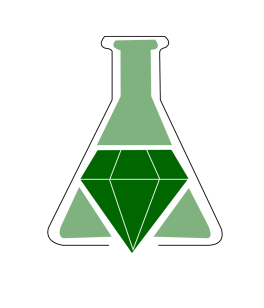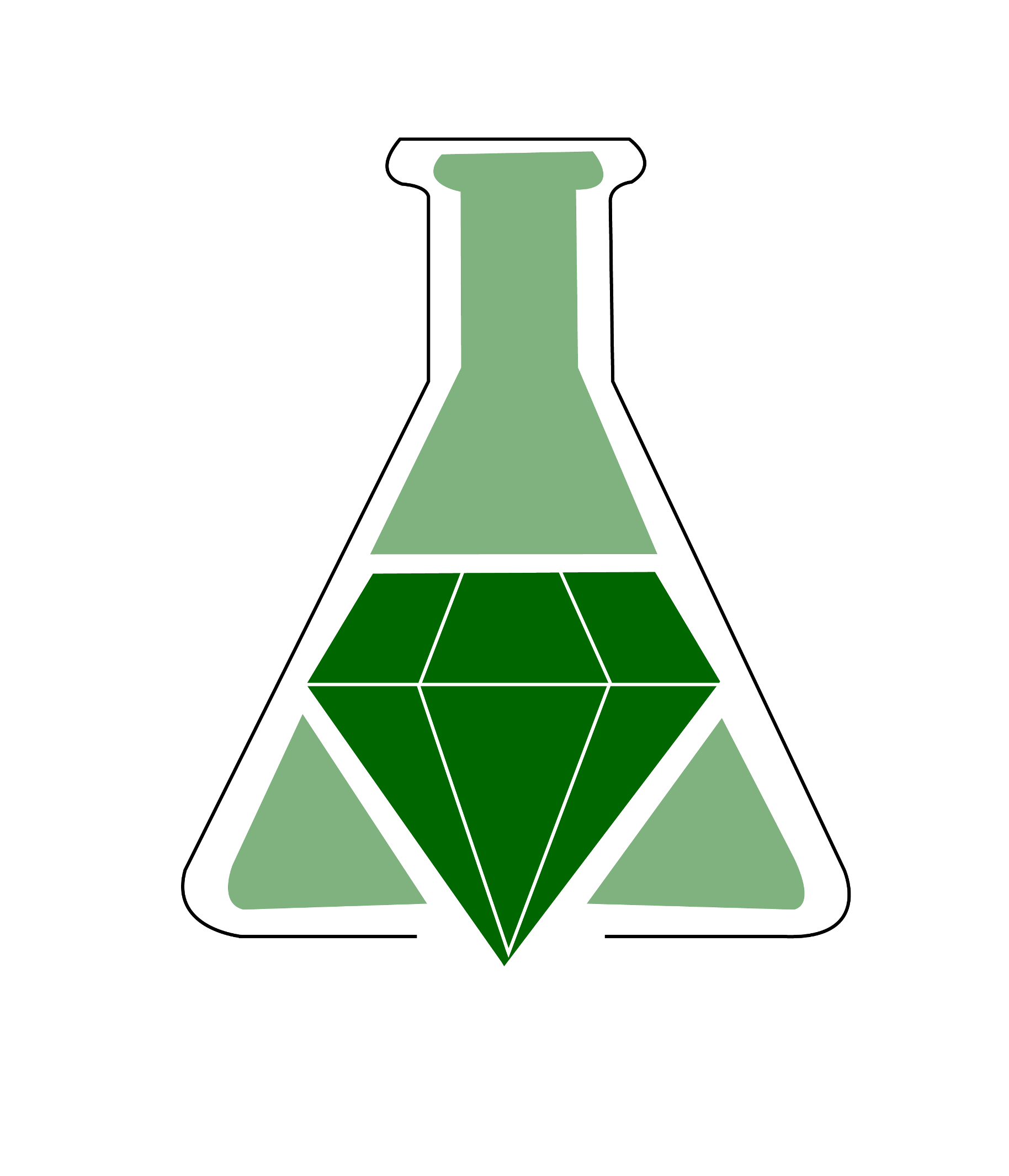Environmentally Responsible Redox Chemistry: An Example of Convenient Oxidation Methodology without Chromium Waste

Summary
Oxidations and reductions are among the most commonly performed reactions in organic chemistry. Consequently, it is vital that redox chemistry is taught in our undergraduate chemistry courses. Unfortunately, many oxidations are classically and currently performed with toxic, carcinogenic chromium (VI) metals and require time-consuming and wasteful aqueous work-up.
All of these abovementioned concerns are avoided in this laboratory exercise. By using Magtrieve, a magnetically retrievably oxidant, students can safely oxidize benzoin to benzil while also learning important principles of green chemistry and gaining valuable laboratory experience. Magtrieve, CrO2, is a heterogeneous oxidant that can be retrieved by holding a magnet to the reaction flask and simply pouring the reaction mixture off, or by filtration.
This experiment has two parts; the first is the oxidation of benzoin by Magtrieve, and the second is the reduction of benzil to hydrobenzoin. Combining these two experiments allows students to learn about green chemistry, oxidation, and reduction chemistry, carbonyl chemistry, thin-layer chromatography, vacuum filtrations, rotary evaporation, recrystallization, melting point determination, and IR spectroscopy.
Supplemental materials include background information and procedures for students, post-lab questions, an equipment list, and instructor notes.
Summary prepared for the original GEMs database December 2008 by Douglas M. Young at the University of Oregon.
Environmentally Responsible Redox Chemistry: An Example of Convenient Oxidation Methodology without Chromium Waste
Robyn L. Crumbie
Journal of Chemical Education 2006 83 (2), 268
DOI: 10.1021/ed083p268
All of these abovementioned concerns are avoided in this laboratory exercise. By using Magtrieve, a magnetically retrievably oxidant, students can safely oxidize benzoin to benzil while also learning important principles of green chemistry and gaining valuable laboratory experience. Magtrieve, CrO2, is a heterogeneous oxidant that can be retrieved by holding a magnet to the reaction flask and simply pouring the reaction mixture off, or by filtration.
This experiment has two parts; the first is the oxidation of benzoin by Magtrieve, and the second is the reduction of benzil to hydrobenzoin. Combining these two experiments allows students to learn about green chemistry, oxidation, and reduction chemistry, carbonyl chemistry, thin-layer chromatography, vacuum filtrations, rotary evaporation, recrystallization, melting point determination, and IR spectroscopy.
Supplemental materials include background information and procedures for students, post-lab questions, an equipment list, and instructor notes.
Summary prepared for the original GEMs database December 2008 by Douglas M. Young at the University of Oregon.
Environmentally Responsible Redox Chemistry: An Example of Convenient Oxidation Methodology without Chromium Waste
Robyn L. Crumbie
Journal of Chemical Education 2006 83 (2), 268
DOI: 10.1021/ed083p268
Safety Precautions, Hazards, and Risk Assessment
See published journal article
Link to external
